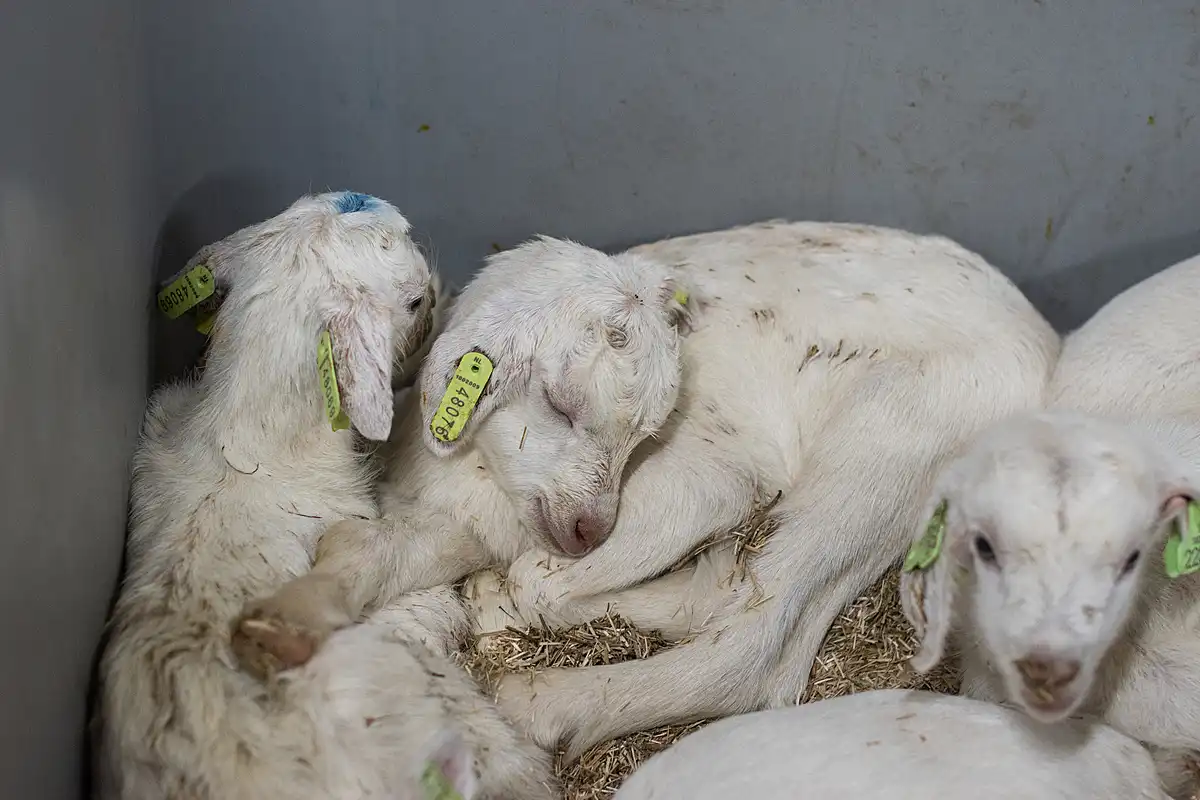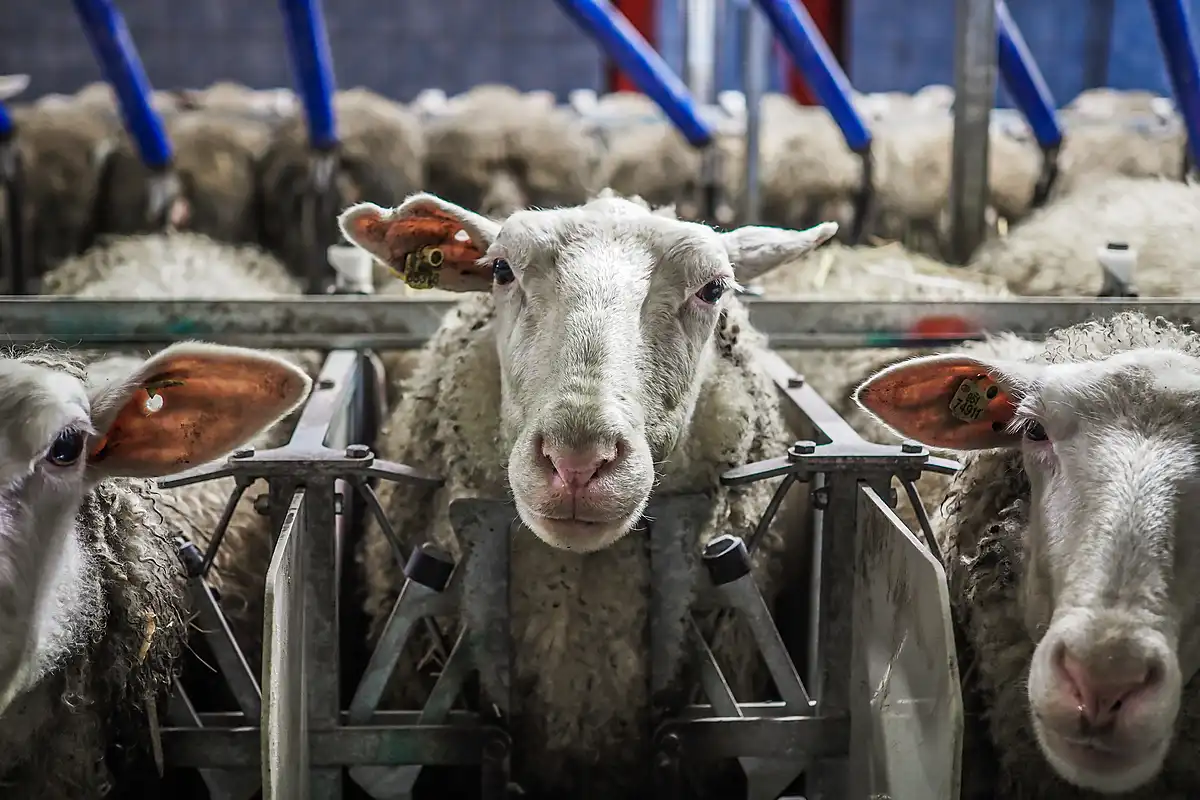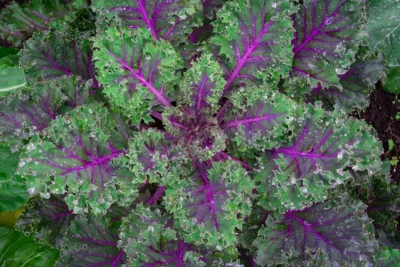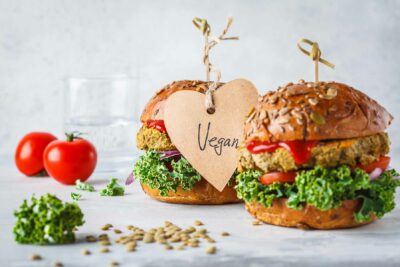Many people associate dairy products exclusively with cows. But as the suffering endured by cows and their calves in the dairy industry becomes more widely known, there is a trend to switch to dairy products from other animals, such as sheeps’ milk or goats’ cheese. But what do we know about those industries? And do those animals still suffer?
Where Do Dairy Products Come From?
Dairy products are not exclusively made from cows’ milk. Goats, sheeps, buffaloes, and even camels, are also farmed for their milk. Thanks to clever marketing, consumers are led to believe that products like goats’ cheese or sheeps’ milk are artisanal and small-scale, and that the animals are treated better than cows. This is not true.
All animals who are farmed for dairy are subjected to repeated impregnation and the loss of their young. After all, the industry only makes its profits if it stops the calves from drinking the milk that their mothers produced for them. Sheeps, goats, and buffaloes are reared inside highly concentrated industrial farms, and are vulnerable to disease, infection, mistreatment, and lifelong incarceration.
Dairy products that are made from the secretions of animals other than cows include:
- Goats’ milk
- Goats’ cheese
- Halloumi cheese (goats’, sheeps’, cows’ milk, or a mixture)
- Feta cheese (from sheeps)
- Pecorino cheese (from sheeps)
- Manchego cheese (from sheeps)
- Buffaloes’ mozzarella
- Camels’ milk

Goats’ Cheese & Milk
Perhaps the most popular dairy products that don’t come from cows are cheeses made from goats’ milk. Like cows, goats are farmed intensively in order to produce milk, and also like cows, goats suffer emotionally, psychologically, and physically when farmed this way. Goats are impregnated over and over to keep their milk flowing. Their kids are considered little more than by-products. Some are reared and slaughtered for meat just a few weeks into their possible 10-year lifespan. Some of the female kids are kept to replace their exhausted mothers, but any young goats who cannot be monetized are killed at birth.
In the UK, around 45,000 goats are farmed for dairy each year. In 2022, Animal Justice Project exposed the suffering and death inflicted on dairy goats. Despite making headlines, nothing changed as a result.
In the USA, at least 350,000 goats are farmed for dairy each year. With very little demand for goats’ meat, and very little incentive for farmers to raise them, it’s likely that most of the baby billy goats born in this industry are killed within hours of birth.
When we buy products made from goats’ milk, we are directly supporting this inhumane industry.

Sheeps’ Cheeses
The suffering of sheeps is rarely considered when we think about dairy products, yet sheeps’ milk is used to produce some of the most popular cheese products, such as halloumi, feta, ricotta, and pecorino.
In France and Italy, the majority of lambs slaughtered for meat are born to sheeps who are farmed for their milk, which is used to make Roquefort and other popular cheeses. Around one-quarter of the lambs born into the dairy industry are also kept for dairy production. That means they are forced into a life of repeated artificial insemination and pregnancy, only to have their own lambs taken from them at birth — just like their mothers. The remaining 500,000 to 800,000 lambs are either slaughtered immediately or are taken to fattening facilities, where they live short and miserable lives, before being slaughtered.
Meat and dairy products cannot be separated. In cows, the dairy and veal trades are two sides of the same industry. And by buying dairy products made with sheep’s milk, we prop up the cruelty and death associated with farming and slaughtering lambs.

Buffalo Mozzarella
Buffalo mozzarella is another popular cheese product, often seen as artisanal or premium, and therefore considered a product of higher animal welfare. The evidence suggests that this is far from the truth.
Multiple investigations into farms in Italy reveal buffaloes living knee-deep in their own feces on overcrowded farms, and standing beside the dead bodies of their calves or fellow buffaloes. The mozzarella that comes from these farms is exported all around the world.
Demand for mozzarella has increased in recent years and has led to further intensification of the industry. Conditions will only worsen for buffaloes in Italy unless we stop buying the products and begin to choose plant-based alternatives.
Camels’ Milk
Camels’ milk is produced in small quantities compared to cows’, sheeps’, and goats’ milk, but it still amounts to around three million tons per year. Camels are unique in that they only produce milk whilst their calf is physically present, which means camels’ calves cannot be torn from their mothers at birth — a cruelty inflicted on millions of mother cows, sheeps, and goats. But when their mother’s milk dries up, the calf is taken away and either used for milk production, sold, or slaughtered.
Camels are complex creatures with detailed hierarchical structures. Farming them is inherently cruel. Sadly, in recent times their milk has become fashionable, and already mainstream shops around the world are stocking products made from it. This is further driving demand, and farming camels is now being touted as an option for farmers looking to diversify. The sector is all set to grow, and history shows that increases in demand for animal products leads to reductions in welfare.

Why Do Humans Drink the Milk of Any Animal?
Humans started drinking the milk of other species around 10,000 years ago as a means of surviving winters and poor harvest years. Considering our 300,000-year history as a species, drinking animals’ milk is a relatively new practice. When we consider that humans drink their own mothers’ milk only in early development and are naturally weaned off this milk, it is extremely odd that we continue to drink the milk of another animal’s mother.
Biologically, there are also complications. The majority of the world’s population in Asia, Africa, and Latin America, have not been exposed to persistent dairy consumption and cannot process the milk sugar lactose. This is why, for so many people, dairy products are synonymous with stomach aches, cramps, and flatulence.
For thousands of years and all around the world, traditional milks have been made from plants like rice, soy, and nuts. Today, we no longer need to consume milk from animals to survive and given the link between dairy and some cancers, we would do well to avoid it altogether. But that does not mean we must stop putting milk in our coffee or enjoying cheese. We can simply choose plant-based versions.
A Better Option: Plant Milk and Cheese
While all dairy-based milks and cheeses are associated with suffering and slaughter, plant-based milks and cheeses are not. Every major store carries a choice of plant milks, from oat and rice to soy and hazelnut. There is also a wealth of delicious vegan cheeses to buy or make, which includes types that replicate goats’ and sheeps’ cheeses. Here are just a few of our favorites:
- Vegan goat-style cheese to make at home
- Vegan goat-style cheese to buy (UK)
- Vegan goat-style cheese to buy (US)
- Vegan mozzarella to buy (UK)
- Vegan mozzarella to buy (US)
- Vegan feta to buy (UK)
- Vegan feta to buy (US)
- Vegan feta to make at home
Conclusion
All animals farmed for their milk — whether they are cows, sheeps, goats, buffaloes, or camels — suffer on commercial farms and are ultimately slaughtered when no longer optimally profitable.
We cannot separate dairy products from the cruelties of the meat industry. The babies for whom the milk was made are typically sold into the meat trade. So, even if we make the choice not to eat animals, we still fund their slaughter whenever we buy and consume dairy products.
When there are so many plant-based alternatives to milk and cheese available, it is easier than ever to avoid dairy products from all animals. Why not make the compassionate choice to spare all animals a life of suffering?
* Note: we have made the decision not to use the traditional plural of the word ‘sheep’, as it hides — perhaps deliberately, but certainly conveniently — the individuality of the animals we are advocating for. So, just as we talk about multiple goats, cows, dogs, or cats, we have made the decision to use the increasingly common word ‘sheeps.’




